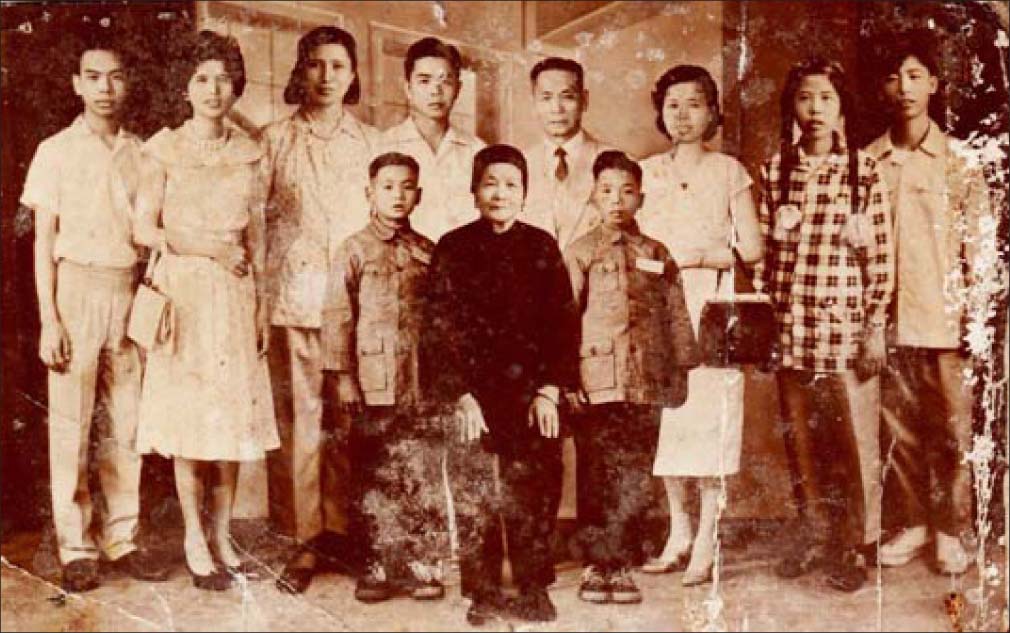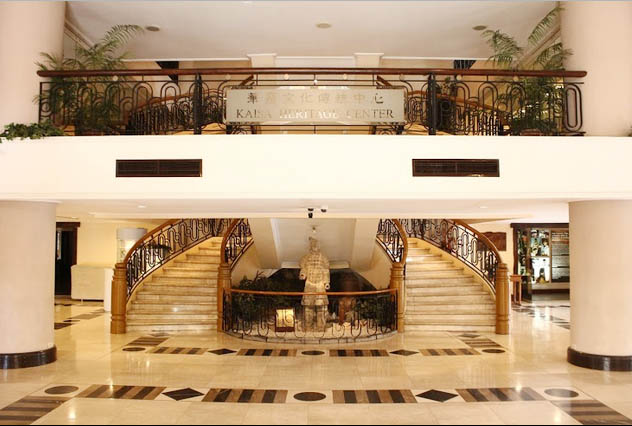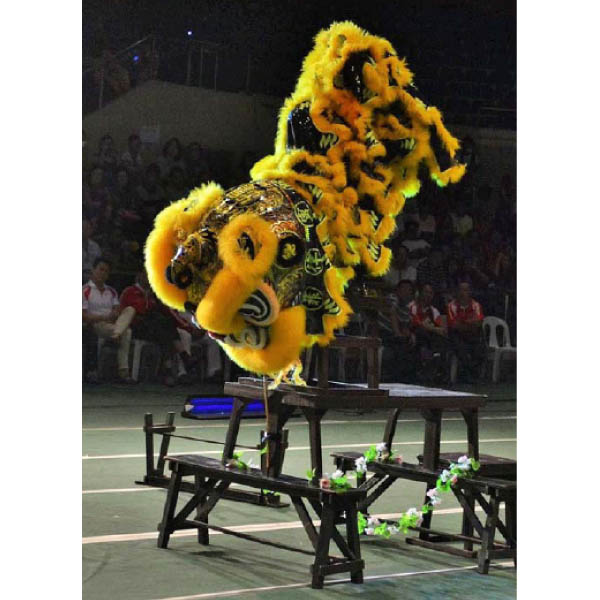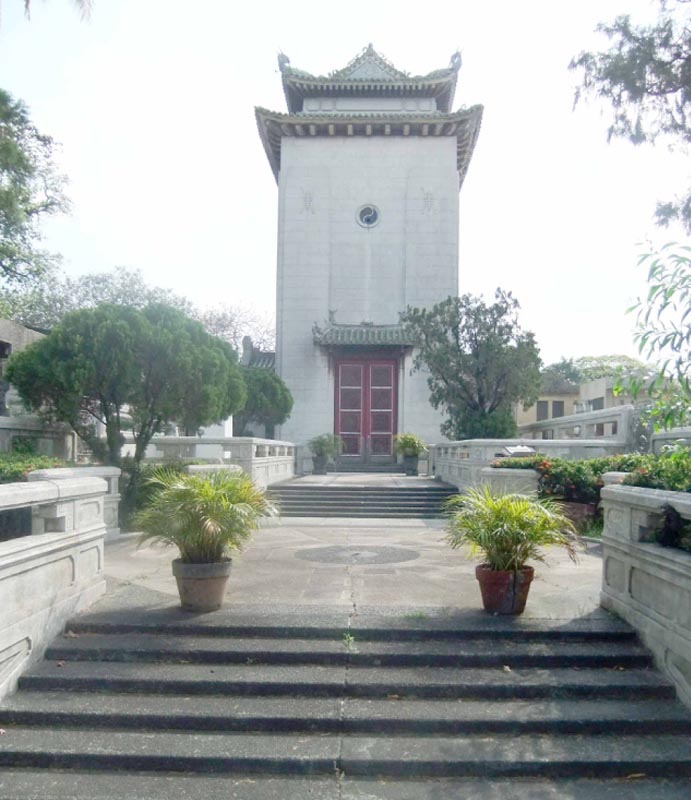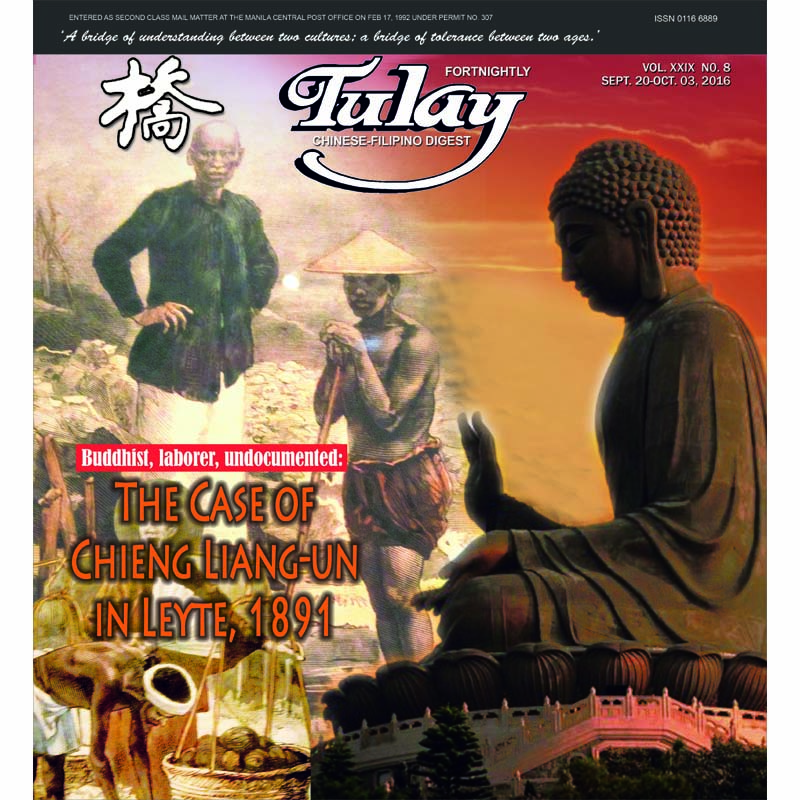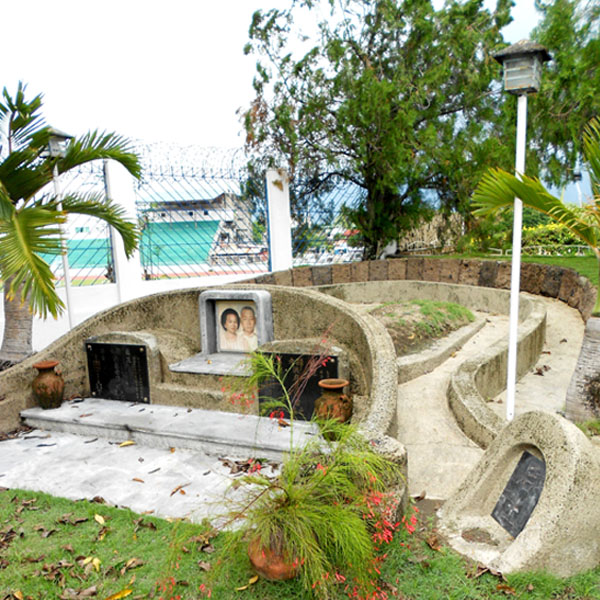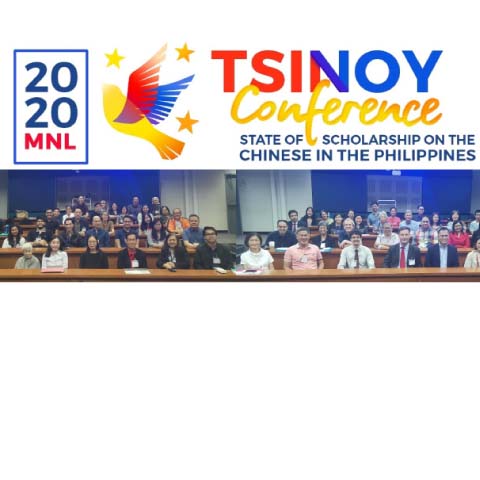A relative-finding quest can trigger chain reactions which sometimes go on and on. Our family had a reunion with long-lost China relatives in 2010. The reunion’s itinerary included meeting family friends with the same Chinese surname Chan (曾 Zeng). That meeting sparked yet another successful search for a friend’s family. While scouring letters and photographs […]
